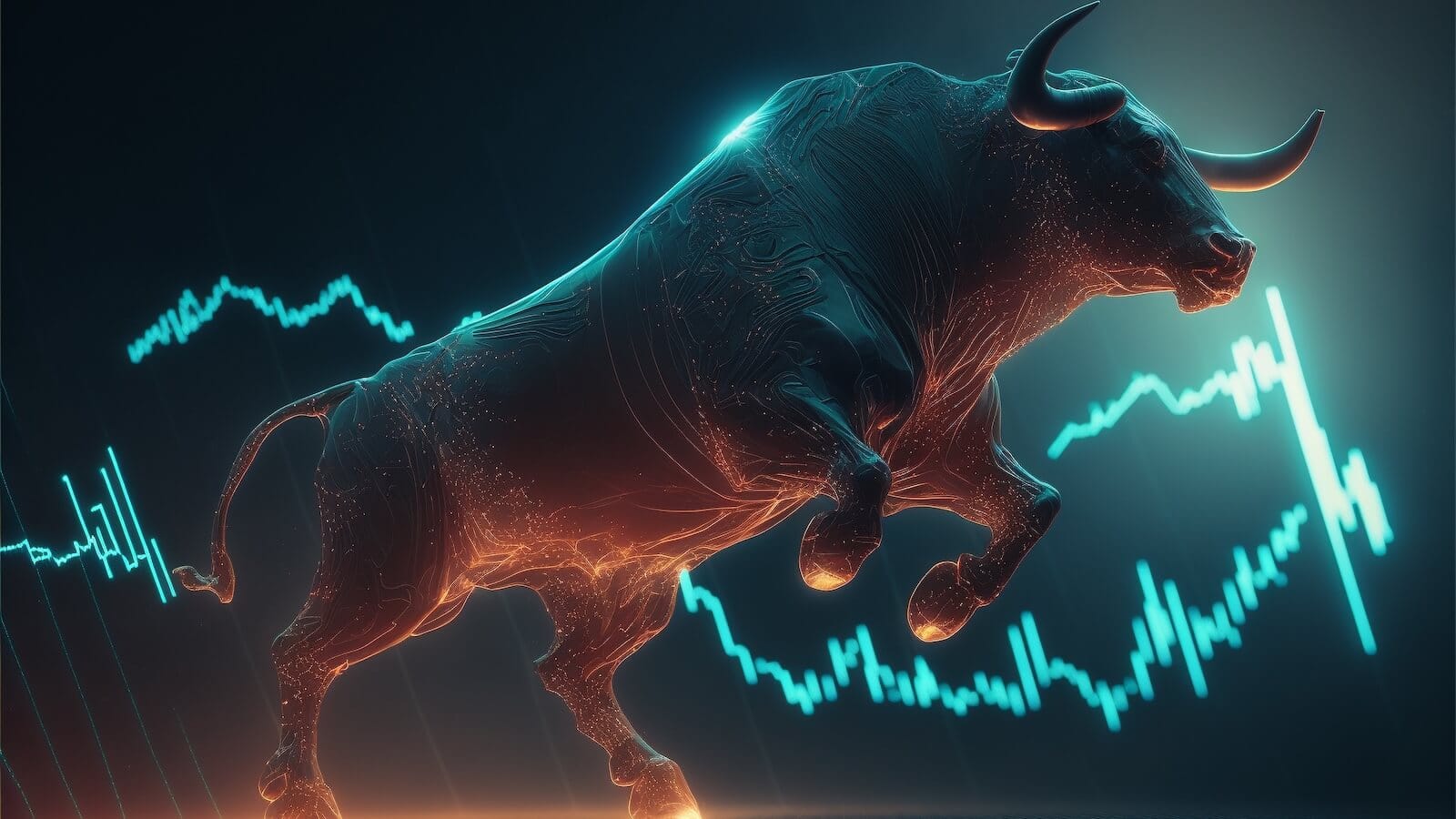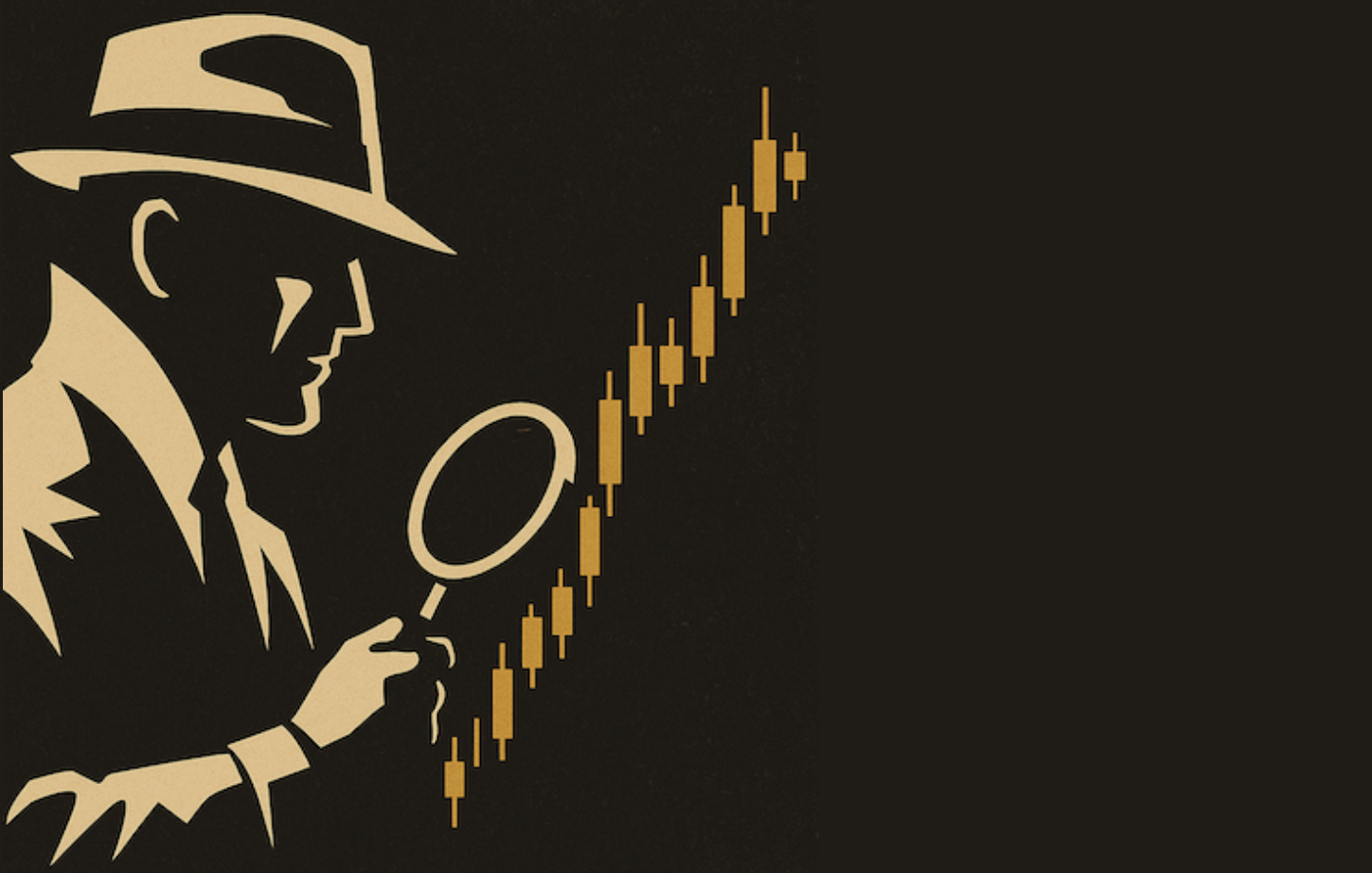VOLUME INDICATORS GIVE WARNING SIGNS -- SO DOES THE DOWNTURN IN EMERGING MARKETS -- DOW INDUSTRIALS BACK OFF SPRING HIGH AND FALL TO FOUR-WEEK LOW -- TRANSPORTATION WEAKNESS GIVES DOW THEORY WARNING
ON BALANCE VOLUME LINE NOT KEEPING PACE WITH STOCK RALLY... My Tuesday message expressed the view that if a stock correction were to start, this would be a logical spot for that to happen. That's because several market indexes are testing spring highs, which is a normal spot for chartwatchers to take some profits. I also warned that light volume during the latest price advance during August showed lack of bullish enthusiasm on the part of traders (who may be be paring their bullish bets as the market nears the dangerous month of September). Light volume during a price advance is a warning signal. The volume bars at the bottom of Chart 1 shows trading activity dropping noticeably during the second half of August. In addition to that visual comparison, there are a couple of volume indicators that show the same lack of strong upside buying pressure The best known is on balance volume (OBV). OBV is a cumulative measure of daily upside versus downside volume. When prices rise, that day's entire volume is added to the total. Volume is subtracted on down days. The OBV line and the stock index price should trend in the same direction. A danger signal is given if the OBV line lags too far behind (or actually starts to drop). Chart 1 compares the S&P 500 (bars) to the red OBV line since the start of the year. Both peaked together during March and bottomed during June (notice that the OBV line turned up first). Since that June bottom, however, the red OBV line has lagged far behind the S&P 500. That has created a "negative divergence" between the two. Chart 2 compares the two over the last 15 months. Notice that the red OBV line turned up first last August and preceded the S&P bottom by two months (rising trendline). The opposite is now happening. The falling trendline this summer shows that the OBV may start leading stocks lower.

(click to view a live version of this chart)
Chart 1

(click to view a live version of this chart)
Chart 2
CHAIKIN MONEY FLOW ALSO LAGS ... Another measure of volume found on the indicator list is Chaikin Money Flow (CMF). Marc Chaikin's CMF is a more sensitive intra-day measure of volume in relation to price action. Whereas the OBV line assigns "all" of the day's volume a positive or negative value, CMF counts only a "percentage" of the day's volume as plus or minus, depending on where the closing price is in relation to its mid-range price. In other words, if prices close above the day's mid-range price, only a percentage of that day's volume is give a positive value. With that distinction, the way it's used is similar to OBV. The CMF line should match gains in the stock index it's being compared to. Stockcharts allows us to measure CMF over various time periods (the default value being 20). Chart 3 compares a 20-day Chaikin Money Flow line (green area) to the S&P 500 (black bars) over the last 18 months. To the far right, you can see the CMF line lagging way behind the S&P 500. The falling trendline shows a very noticeable "negative divergence" existing since the spring. The first trendline shows a similar divergence leading to a stock correction during the spring of 2011. Chart 4 uses a 60-day version of the CMF which is smoother than the 20-day line. A negative divergence shows up there as well (see falling trendline). Taken together, OBV and CMF lines warn that the stock rally during August has been on weak technical footing.

(click to view a live version of this chart)
Chart 3

(click to view a live version of this chart)
Chart 4
DROP IN EMERGING MARKETS IS ANOTHER WARNING... Another warning sign is coming from emerging market stocks. Chart 5 shows Emerging Markets iShares (EEM) falling back below their 200- and 50-day day moving averages. Their inability to hold the recent breakout above their July highs is another danger sign. The EEM/SPX relative strength ratio (below chart) is in danger of falling to a new 2012 low. Emerging market selling isn't good for other global stocks, including those in the U.S. That's because a high degree of correlation usually exists between global markets. Chart 2 shows the EEM (red line) and the S&P 500 (blue line) trending in similar directions during 2012 (although the EEM has underperformed). Both peaked during the spring (although the EEM peaked first) and bottomed together during June. This week's sharp in the EEM puts the SPX uptrend in jeopardy. The black line below Chart 6 shows a 20-day Correlation Coefficent which shows strong positive correlation during most of this year (until this week). The last time that CC line dropped so sharply was during March which led to a U.S. correction. That's another warning signal.

(click to view a live version of this chart)
Chart 5

(click to view a live version of this chart)
Chart 6
DOW THEORY ALSO GIVES STOCK WARNING... Tuesday's message showed the Dow Industrials in the process of testing their spring high while its RSI line (top of chart) and MACD lines (below chart) were weakening. They were warning signs. The price bars in Chart 7 show the Dow falling to a four week low and bearing down on its 50-day moving average. Of more concern is relative weakness in the Dow Transports. We've given several warnings about the negative divergence between the two averages over the summer. Chart 8 shows it once again. While the industrials (black bars) have been testing spring highs, the transports (purple line) have lagged far behind. Dow Theory holds that both Dow averages should be rising together. That hasn't been the case all summer. Now they're starting to fall together. That's a Dow Theory warning. Traders may also be taking some money off the table before Mr. Bernanke's speech tomorrow. As I suggested earlier in the week, there's a lot of room for disappointment if he doesn't announce new moves to stimulate the economy.

(click to view a live version of this chart)
Chart 7











